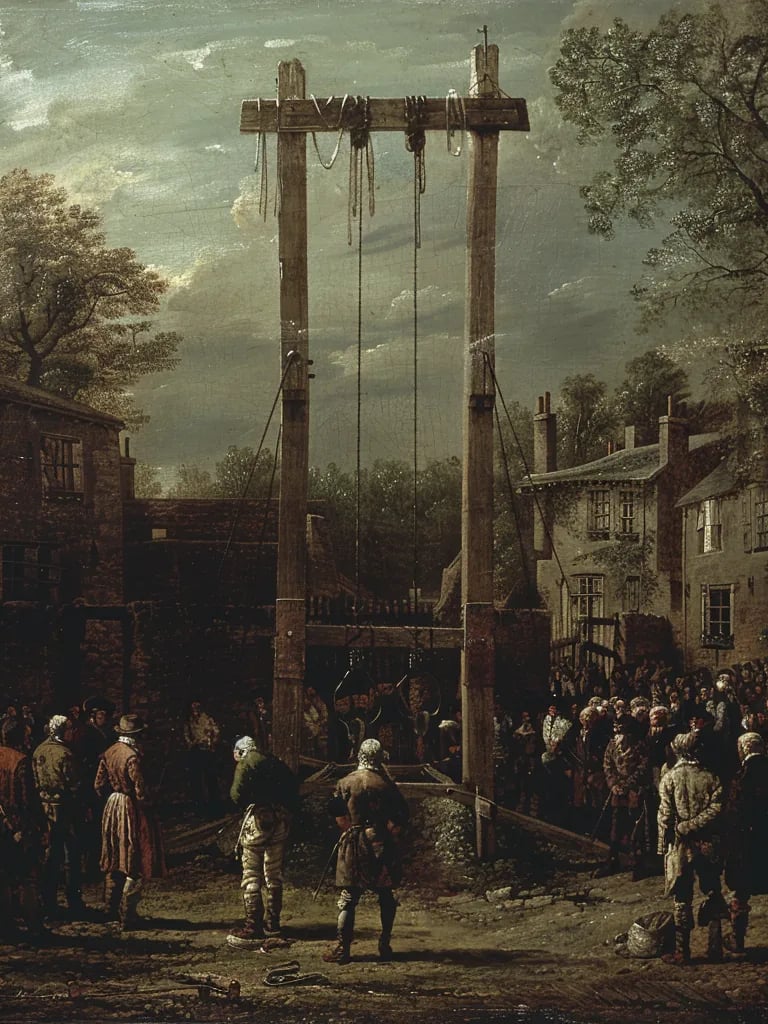On November 3, 644, a brutal assassination attempt shook the Muslim world as Caliph Umar ibn al-Khattab was stabbed in Medina by Lu’lu, a Persian captive. Though gravely injured, Umar survived for four more days before succumbing to his wounds. His death marked the end of an era, ushering in political uncertainty and shaping the future leadership of the growing Islamic empire.


644 – An Assassin’s Blade Strikes: Caliph Umar ibn al-Khattab Fatally Wounded




The Jewish communities of France faced a dark day as King Charles VI enforced his decree expelling them from the kingdom. Centuries of economic and religious tensions led to this forced removal, uprooting thousands from their homes. Many fled to neighbouring regions, while others suffered immense hardship. This act of intolerance was one of many that shaped Jewish history in medieval Europe.


1394 – France Begins the Expulsion of Jews Under King Charles VI




Londoners gathered in huge numbers to witness history as John Austin became the last person publicly hanged at Tyburn gallows on November 3, 1783. The infamous execution site had been home to countless deaths over centuries, often drawing crowds eager for grim spectacle. With Austin’s death, public executions at Tyburn came to an end, marking a shift toward more regulated justice in England.


1783 – The Last Execution at Tyburn: A Notorious Hanging Ends an Era




Outspoken, fearless, and ahead of her time, Olympe de Gouges paid the ultimate price for her revolutionary ideals when she was guillotined in Paris. As a fierce advocate for women's rights and equality, her writings challenged the French government. Her Declaration of the Rights of Woman was seen as too radical, and in the turmoil of the Revolution, she was condemned as an enemy of the state.


1793 – Olympe de Gouges Guillotined for Challenging the Status Quo




Gunfire erupted as two British frigates engaged several Chinese junks, marking the start of the First Opium War. Tensions had been escalating over Britain's opium trade in China, and this naval battle signaled the beginning of a brutal conflict. The war would lead to China’s defeat, the Treaty of Nanking, and the ceding of Hong Kong, forever altering East-West relations.












